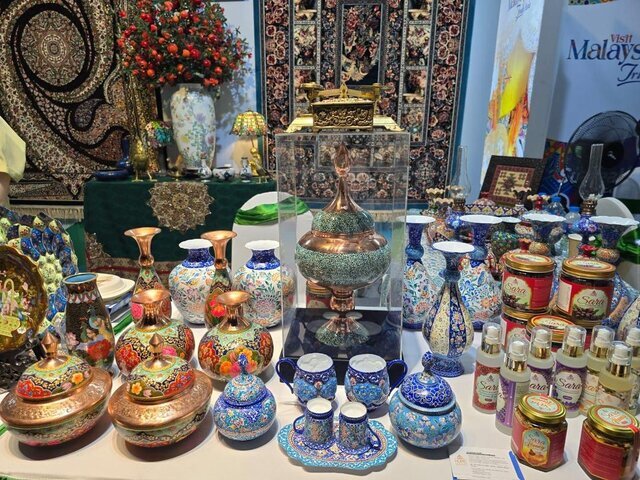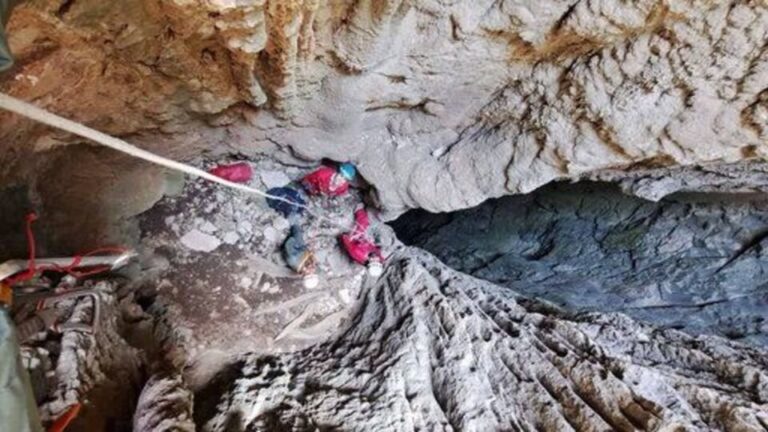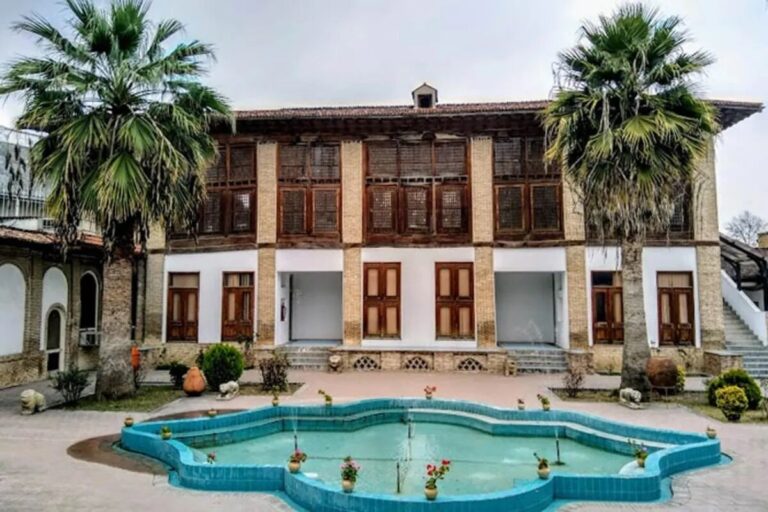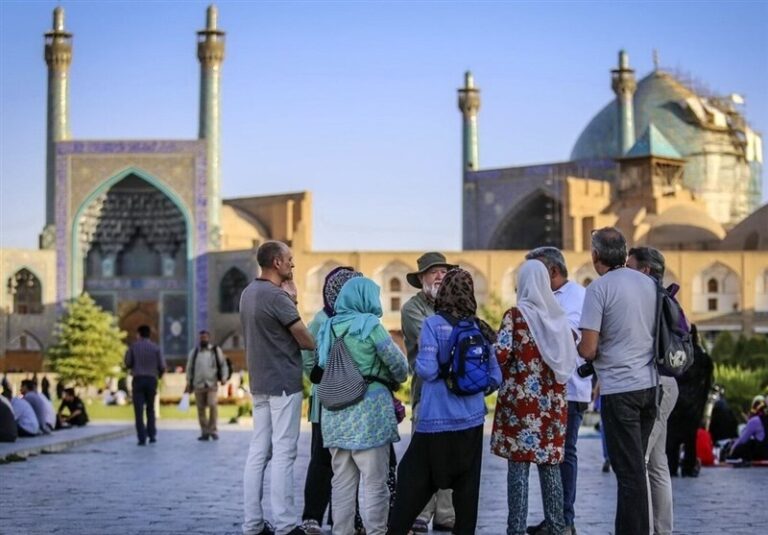
Similar Posts

Discover Siraf’s Ancient Heritage: New Exhibit Opens in Bushehr!
An exhibition of ancient relics from Siraf, an important historic port city, has opened at the Persian Gulf Region Museum in Bushehr, coinciding with the Ten-Day Dawn celebrations of the 1979 Islamic Revolution. Organized with the National Museum of Iran, it features artifacts unearthed during excavations by British archaeologist David Whitehouse over 50 years ago, marking their first public display in Iran in 52 years. The exhibition highlights Siraf’s significance in maritime trade and cultural exchanges from 800 CE to 1050 CE, showcasing pottery, coins, and maritime tools that reflect its rich historical narrative and architectural heritage.

Groundbreaking Discovery: Ancient Cave of Natural Significance Unearthed in Southern Iran
A new cave has been discovered in Khabr National Park, Baft County, Kerman province, as part of a research initiative by Kerman’s Department of Environment. The cave, initially identified by environmentalists last year, was surveyed by a team including members from the Kerman Caving Association. They recorded a depth of 150 meters for a well inside the cave, highlighting its geological significance. Plans are underway to name the cave and establish a protection rating, focusing on its conservation and potential for tourism. Khabr National Park, a biodiversity hotspot, spans 12,000 hectares and has been a protected area since 1971.

Reviving History: Restoration Initiatives for Mazandaran’s Priceless Relics
In Mazandaran province, experts are dedicated to restoring historical artifacts in a specialized lab within a Sari museum. Recently, 130 restored items, including bronze daggers, bracelets, and ritual totems, were unveiled during Nowruz holidays. Abolfazl Nikoubayan, a cultural heritage expert, emphasized the importance of preserving artifacts from excavations and confiscations. Each item underwent thorough documentation, damage assessment, and restoration, which involved cleaning and analyzing corrosion. The unveiling offered visitors insight into the meticulous preservation efforts. Mazandaran, known for its natural beauty, continues to attract attention while showcasing its rich cultural heritage through these initiatives.

Iran’s Tourism Boom: 21% Growth in 2023, Says WTTC
Iran’s tourism industry has experienced remarkable growth, with a 21% increase in 2023, following prior surges of 40% in 2021 and 39% in 2022, according to the World Travel and Tourism Council (WTTC). The sector now contributes 4.7% to Iran’s economy and has seen a 10.3% rise in job creation. The WTTC projects a further 12.1% growth in 2024. A significant portion of tourists comes from Iraq, followed by Turkey, Azerbaijan, Pakistan, and Lebanon. The government has implemented initiatives to improve tourism appeal, emphasizing cultural heritage and sustainable practices, positioning Iran as a promising global destination.

Iran Pursues UNESCO Recognition for Stunning Mirrorwork Art and Historic Falak-ol-Aflak Fortress
Iran has submitted two significant cultural heritage dossiers to UNESCO for inclusion on the World Heritage List: the ancient art of mirrorwork, or Ayeneh-kari, and the historic Falak-ol-Aflak Fortress in Lorestan province. Deputy Minister of Cultural Heritage Ali Darabi expressed optimism about their recognition in the upcoming evaluation round. Ayeneh-kari, dating back 2,700 years, showcases intricate mirror designs in palaces and mosques, while the Falak-ol-Aflak Fortress, with its impressive bastions and surrounding landscape, symbolizes Iran’s rich cultural heritage. Both entries aim to enhance global appreciation of Iran’s historical and artistic contributions and boost regional tourism.
Isfahan’s Si-o-Se Pol: Iconic Bridge to Lose Historic Memoir Writings!
Isfahan has initiated a significant cleanup of the historic Si-o-Se Pol bridge, confirmed by Hadi Allahyari from the Cultural Heritage Department. The project aims to remove unsightly graffiti while preserving the bridge’s beauty and historical significance. The cleaning, which began post-Nowruz 1404, involves multiple phases, including cleaning the bridge deck and lower floor, with future plans for Khaju Bridge. Allahyari noted challenges like high foot traffic and the complexity of removing markings. The efforts reflect Isfahan’s commitment to preserving its cultural landmarks, enhancing its status as a premier tourist destination rich in history and architecture.